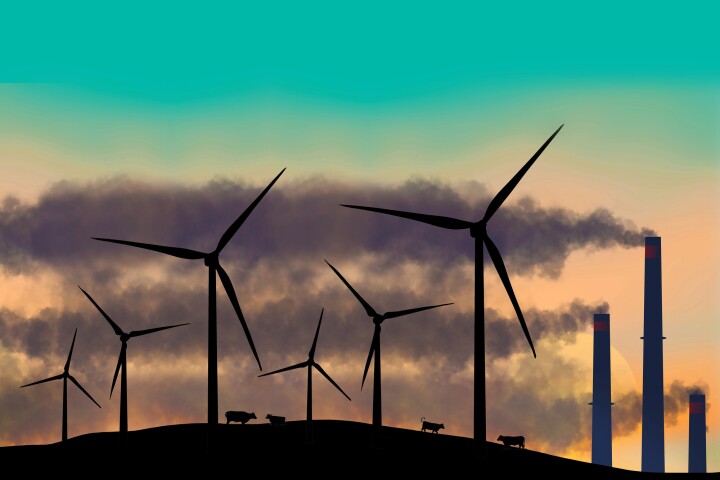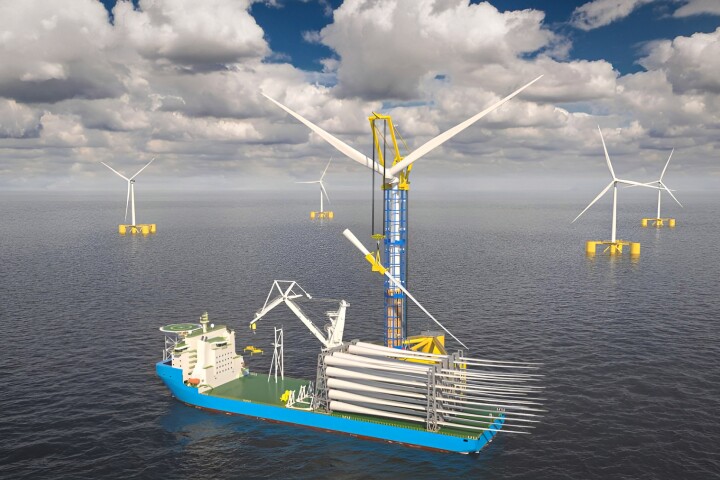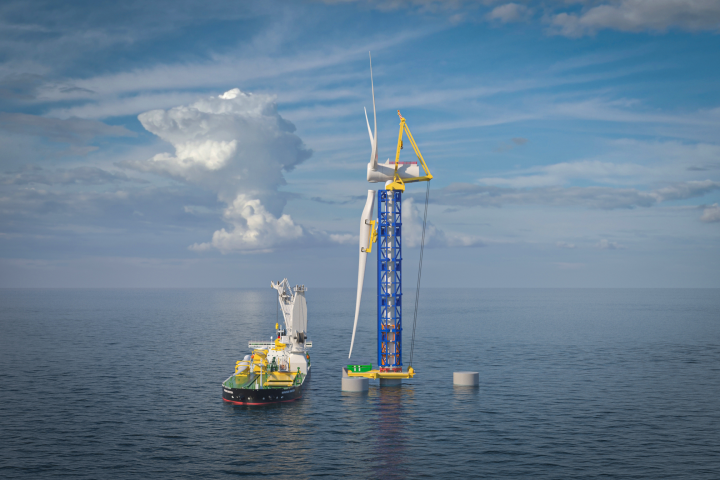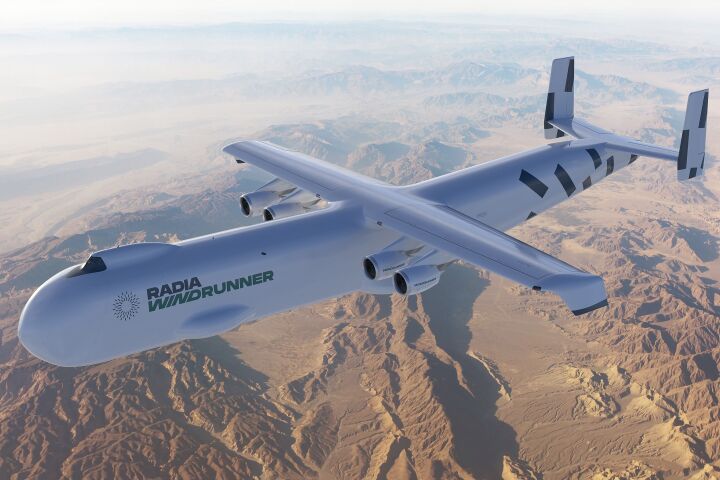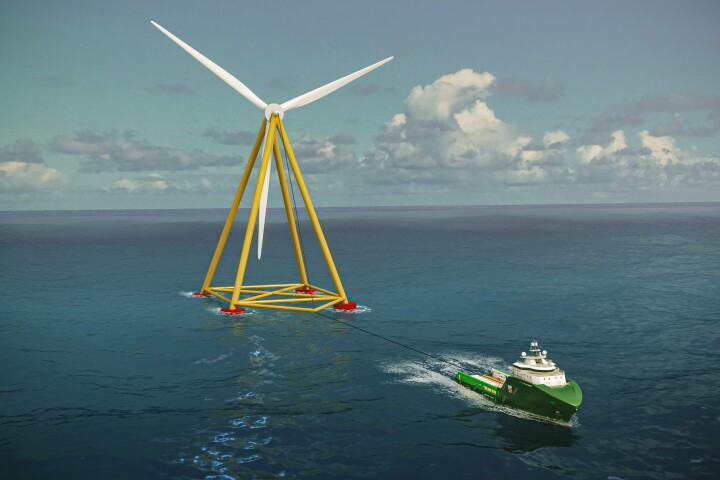Wind turbine
-
In the Belgian North Sea, maintenance vessels are now able to tether to an automatic cable at a wind farm to get their batteries topped up. The innovative system is the first of its kind and a major step in helping reduce emissions from shipping.
-
Wind Catching Systems has received an important tick of approval for its enormous 40-megawatt Windcatcher offshore floating wind turbine array, as it prepares to build a full size demonstrator project off the Norwegian coast.
-
According to the US Energy Information Administration, in the five years from 2019 to 2024, in March and April specifically, electricity production using wind power has almost doubled, significantly outdoing generation from coal-fired power plants.
-
Mingyang Smart Energy, maker of the world's largest wind turbines, has just unveiled its latest gigantic floating offshore wind turbine creation. The OceanX is a two-headed, deep-water behemoth capable of generating during Cat 5 hurricanes.
-
These remarkable modular wind turbines stack themselves up section by section, removing the need for gigantic cranes and promising to slash the cost of offshore wind installation by as much as half. New investment has kicked off the first project.
-
A new offshore wind farm system that promises faster, cheaper installation and operations will be tested in the Mediterranean. Called the NextFloat+ Project, it received a €13.4-million (US$14.4-million) grant from the European Commission.
-
Since revealing an wind turbine wall concept back in 2021, Joe Doucet has been working on bringing the idea to life. That time is here with the launch of Airiva, a modular rotary wind turbine wall destined for installation on city infrastructure.
-
The Andean condor’s drag-reducing aerodynamic wings have inspired the creation of a winglet, which, when added to a wind turbine blade, boosted energy production by an average of 10%, according to a new study.
-
Part of the exorbitant cost of offshore wind energy is the massive crane ships required to install the damn things – but Norwegian company Windspider has come up with a brilliantly lightweight crane system that promises to slash costs in half.
-
The 108-m (356-ft) long Radia Windrunner is designed to transport cargo too big for the road, to short, semi-prepared airstrips on rough terrain. It would dwarf the majestic 84-m (275-ft) long Antonov An-225 Mriya, which is sadly no longer with us.
-
China's Xuzhou Construction Machinery Group recently took its new XCA3000 wheeled crane to a wind farm in the Liaoning Province to lift a 25-ton blade some 107 meters above the ground, before it was installed in the turbine hub.
-
T-Omega's pyramid-based floating wind turbines are designed with the sole common-sense focus of keeping the cost of offshore wind down to an absolute minimum. With wave tank testing done, the company has now launched its first real-world prototype.
Load More


